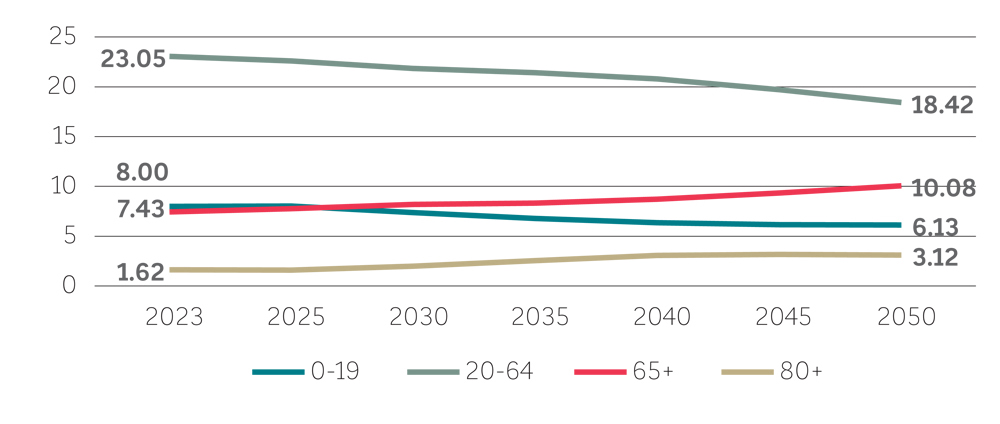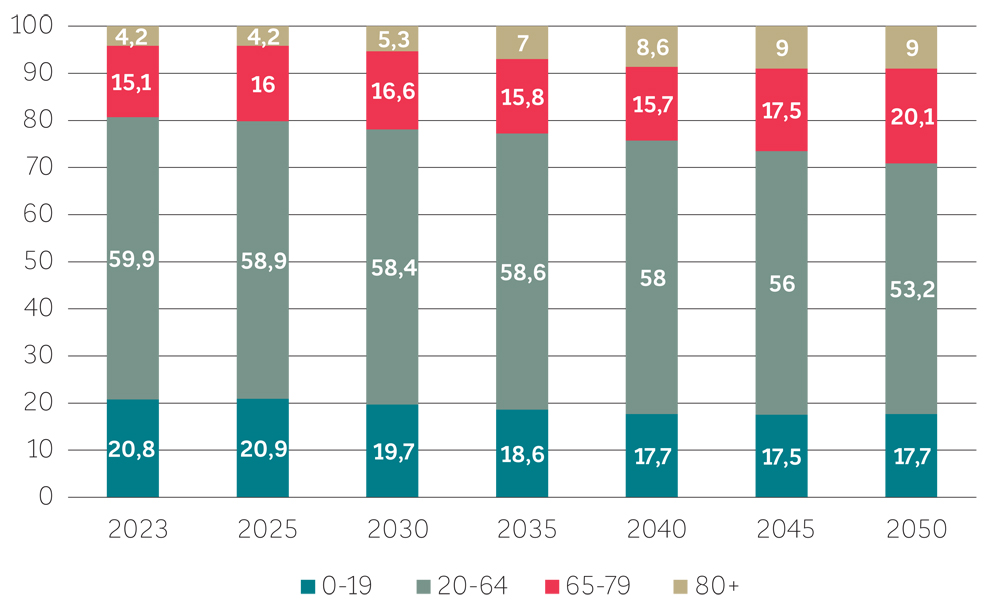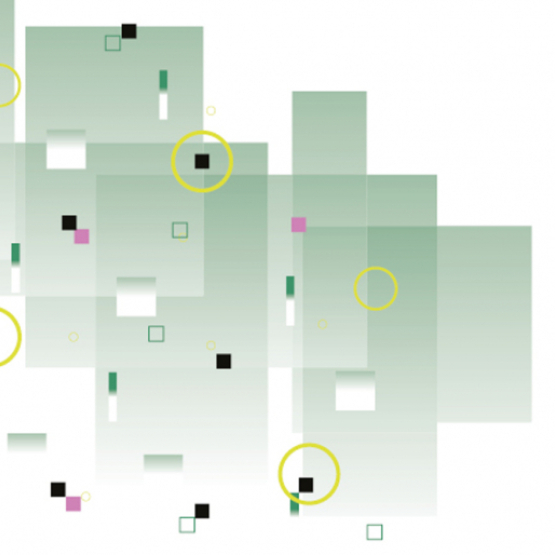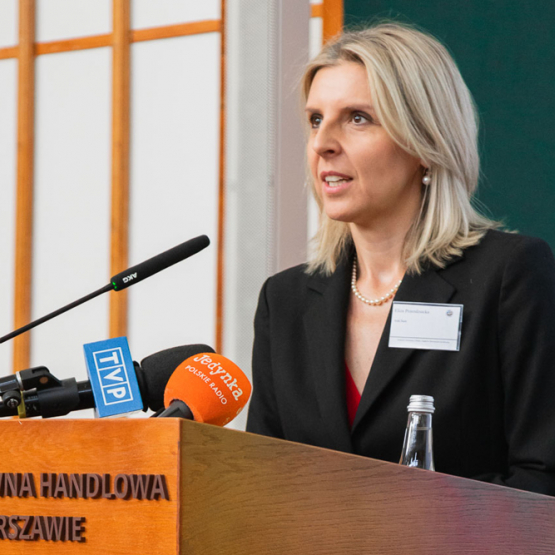
In the context of forecasted demographic changes, better utilisation of declining labour resources, especially the human capital of the 50+ generation on the labour market, is crucial for Poland’s development perspectives.
The eighth round of the international research program SHARE (Survey of Health, Ageing and Retirement in Europe), launched in 2004, was conducted at the turn of 2019/2020, just before the COVID-19 pandemic (SHARE50PLUS.PL). Questions to respondents aged 50 years and older were about employment, working conditions, attitudes towards retirement, health status, intergenerational relationships including intergenerational transfers, especially care provided and received, as well as quality of life. The results of analyses in these areas, discussed at the conference “Generation 50+ in Poland and Europe: activity, health status, working conditions, intergenerational relationships, and exclusion”, held on the 20th June at SGH, and widely discussed in the report from this round, encourage us to reflect on public policy in the context of ongoing demographic changes in Poland.
Poland, like other European countries and a growing number of developed countries, is at a stage of demographic development characterized by poor fertility remaining below the replacement level, with simultaneous increasing life expectancy and a growing role of foreign migration in shaping the dynamics of population and its demographic structure. This is not a temporary change but a permanent transformation of the generational reproduction process. Additionally, in Poland, we have been experiencing low fertility for over two decades, which exacerbates the consequences of these changes, namely declining natural population change, decreasing population, and, above all, a significant transformation of population age structure.
The latest population projection from Eurostat, published in March 2023, highlights the acceleration of the population ageing process: an increase in the number of people aged 65+ from nearly 7.5 million (19.1% of the total population) to around 10 million in 2050 (29.1%), with a significant increase in the group of people aged 80 and over (from 1.6 million to 3.2 million, i.e., from 4.4% to 9% of the total population). Importantly, the population ageing process is feminised – currently, women constitute 60% of people aged sixty-five and over, and as much as 69% of people aged eighty and over, while in 2050 the rate will be 57% and 64%, respectively. At the same time, the number of people aged 20-64 will be continuously falling, from the current approximately 23 million to nearly 18.4 million in 2050 (i.e., from 60.7% of the total population to 53.2%). Therefore, the proportion between the population aged 20-64 and 65 and over will get fundamentally worse - from the current 32 to 55 older people per 100 people aged 20-64 in 2050.
CHANGES IN THE STRUCTURE OF POLAND’S POPULATION BY AGE (%), EUROSTAT 2023 POPULATION PROJECTION

In the context of forecasted demographic changes, better utilization of declining labour resources, especially the human capital of the 50+ generation on the job market, becomes a key issue for the country’s development perspectives. Although the employment of people aged 50-64 in Poland has been gradually increasing, it still remains below the EU average. Further improvement depends, among other factors, on adapting the work environment to the diverse needs and capabilities of this group, their health condition, and the possibility to combine professional work with care responsibilities. The results of the eighth round of the SHARE survey highlight the importance of changes in these areas. They indicate that Poland fares unfavourably compared to other European countries, both in terms of various aspects of job satisfaction and working conditions. It is particularly concerning that among Polish respondents, the largest group consists of discouraged individuals (almost half of those surveyed), and slightly more than one-fourth are dissatisfied with their work.
If the work environment is not improved, it will be very difficult to change attitudes towards continued professional work and education, although findings regarding retirement expectations seem to indicate a growing awareness of the need for longer professional work. Findings about health condition do not make things easier either - limitations in professional work caused by health issues are much more common in Poland, and the divergence increases with age. The state of health of Polish residents was worse than that reported for all countries participating in the SHARE survey. Additionally, analyses showed that the overall state of health of respondents in Poland was below the level recorded for all countries participating in the SHARE survey. This confirms not only that a significant gap in health condition between Poland and other countries is maintained, but also that pressure on medical and care services has increased.
CHANGES IN THE STRUCTURE OF POLAND’S POPULATION BY AGE (%), EUROSTAT 2023 POPULATION PROJECTION

The SHARE results confirm that caregiving responsibilities limit the professional activity of respondents. The Polish model of care provided to adult dependants, based mainly on family resources, in a situation where the demand for care is growing, will be increasingly pushing people aged 50 and over, especially women, out of the labour market. If it does not change, and informal care deficit is not reduced through the development of formal care, the caregiving gap will grow, contributing to deteriorating health of caregivers and dependants, and life quality of both these groups.
PROF. DR HAB. IRENA E. KOTOWSKA, Institute of Statistics and Demography, SGH Collegium of Economic Analysis



